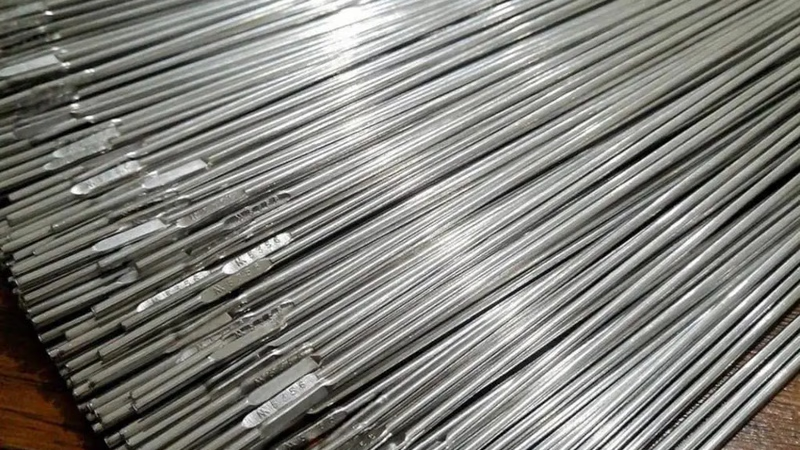
Innovative silver paste production boosts Middle East trade.
Silver paste production in West Asia typically involves specialized manufacturing facilities equipped with the necessary infrastructure and equipment. These facilities may be located in countries with a strong industrial base and advanced manufacturing capabilities, such as the United Arab Emirates (UAE), Saudi Arabia, and Iran. The production of silver paste requires specific raw materials, including silver powder or flakes, binders or solvents, and additives. Silver powder is a crucial component, and its quality, particle size distribution, and purity can significantly impact the performance of the silver paste. Raw materials are sourced from domestic or international suppliers, depending on availability and quality requirements.
Quality control measures are implemented throughout the production process to ensure consistent and reliable silver paste. Testing methods, such as rheology analysis, viscosity measurement, adhesion testing, and conductivity evaluation, are employed to assess the paste's quality and adherence to specifications. Once the silver paste is produced and passes quality control checks, it is packaged into appropriate containers, such as syringes, cartridges, or jars. Proper packaging ensures the paste's stability and prevents contamination. The packaged silver paste is then distributed to customers, which can include electronic component manufacturers, semiconductor companies, and other industries that utilize the paste in their production processes.
An Iranian company is the first company to produce silver paste in the Middle East and has a production capacity of 6 tons per year, which is worth 300 billion rials, and this amount of production prevents the annual outflow of more than 4 billion dollars of foreign currency from the country. The silver paste produced by this company is used in the automotive industry, and for the first time, their product was tested on the rear window of the car as a fog light and a heating circuit to obtain the desired result.
Silver paste and other products of this company are of high quality compared to foreign products. The company can expand its products quickly shortly. To dry silver powder this need is felt it was possible that after the research and research done by the practical and research team of this company, we came to the conclusion that we should design and produce this device, and so far this device has no internal or external samples. Continuous research and development efforts are undertaken to improve the performance and properties of silver paste. This includes developing innovative formulations, exploring new application techniques, and enhancing the efficiency of the production process. Research and development activities in West Asia may be carried out by specialized companies, research institutions, or in collaboration with global partners.
The production process involves formulating the silver paste composition by blending silver particles with binders or solvents. The formulation is carefully designed to achieve the desired properties, such as electrical conductivity, adhesion, and compatibility with application methods. Mixing equipment is used to ensure homogeneous dispersion of silver particles in the paste. After formulation, the silver paste mixture undergoes milling and dispersion processes to break down agglomerates and achieve a fine and uniform particle size distribution. This step is crucial for optimizing the paste's conductivity and ensuring its performance during application.
-
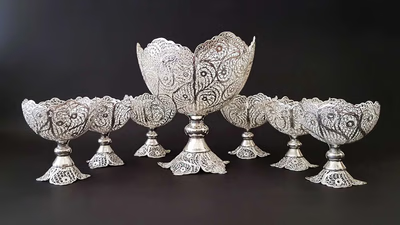
The silver market in West Asia is characterized by a rich cultural heritage and a growing demand for both jewelry and investment products. Countries like Saudi Arabia, UAE, and Iran are key players, with a strong market for traditional and contemporary silver jewelry. The region is also witnessing an increase in the demand for silver bullion, coins, and investment vehicles such as ETFs. Industrial applications of silver are expanding due to rapid growth in sectors like construction and electronics, where silver"s unique properties make it essential. Despite its dual role as an investment commodity and consumer good, less than one-third of silver demand comes from jewelry and investment products. The price of silver is influenced by diverse factors beyond mere consumer trends, including industrial demand which plays a significant role in price determination. Additionally, the luxury market in the Middle East thrives on high-end silver items, appealing to affluent consumers. Cultural significance also drives the use of silver in religious artifacts and traditional ceremonies.
Overall, the dynamics of the West Asian silver market are shaped by local consumption patterns influenced by global price fluctuations and economic conditions. "
-
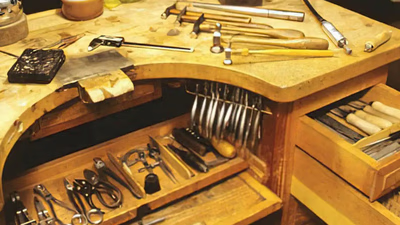
Silver metal has diverse applications across various industries, primarily due to its unique properties. In jewelry making, silver"s antibacterial characteristics make it ideal for silverware. In the medical field, silver is utilized in wound dressings and as an antibiotic coating for medical devices, effectively combating infections through bioactive silver ions. The electronics sector benefits from silver"s high electrical conductivity, using it in conductors and electrodes for semiconductor devices and circuits. Additionally, silver solder is essential for joining metals like cobalt and copper, enhancing efficiency and corrosion resistance. Silver"s low reactivity and high thermal conductivity make it valuable in chemical equipment manufacturing, often used in high-temperature applications. As a catalyst, powdered silver facilitates oxidation reactions, converting organic matter into carbon dioxide and water. While generally less toxic than other heavy metals, certain silver compounds can pose health risks if ingested or improperly handled.
Overall, the versatility of silver across these sectors highlights its significance in modern industry. "
-

Silver is a versatile metal with numerous applications across various industries. Its aesthetic appeal and durability make it a popular choice for jewelry and decorative items. In electronics, silver"s excellent conductivity is crucial for manufacturing components like circuit boards and connectors, as well as in devices such as smartphones and televisions. The metal also plays a significant role in traditional photography, chemical reactions, and medical applications due to its antimicrobial properties. Silver is used in solar panels, batteries, and water purification systems, showcasing its importance in modern technology. Despite its higher cost compared to other metals like copper, silver"s unique properties make it indispensable in many sectors. The demand for silver has shifted towards new technologies over the past decade, with major consumers including the United States, China, and India. Its high reflectivity makes it ideal for mirrors and optical coatings, while its ability to form alloys enhances its utility in various industrial applications.
-
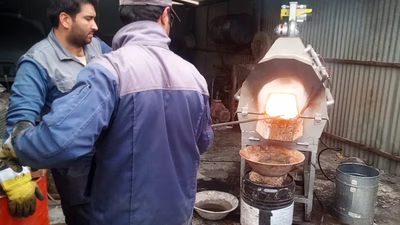
Silver prices in West Asia are shaped by various global and regional factors. Key influences include economic conditions, geopolitical events, and investor sentiment. The region"s industrial demand, particularly from sectors like construction and electronics, significantly impacts silver prices. Supply dynamics, driven by mining production and recycling rates, also play a crucial role. Currency exchange rates between local currencies and major currencies can affect purchasing power in the silver market. Retail investors have shown increasing interest in silver as a premier asset, with many expecting it to outperform gold. The price of silver has seen a substantial rise since its low during the pandemic, driven by low interest rates and inflationary pressures. Technical analysis is often employed alongside fundamental analysis to forecast price movements based on historical patterns and market indicators.
Market sentiment can shift due to news events or economic data releases, influencing buying or selling pressure on silver prices. Additionally, cultural factors in West Asia contribute to consumer demand for silver jewelry and luxury items, further affecting price trends. "
-
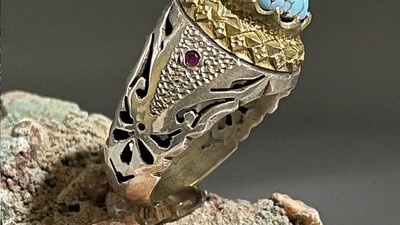
The silver futures market in Western Asia serves as a vital platform for price discovery, enabling participants to assess future silver values essential for hedging against price risks. Producers, manufacturers, and jewelers utilize this market to manage potential fluctuations through futures contracts. Additionally, traders can engage in speculative activities by taking long or short positions based on market analysis. The region"s economic growth enhances the demand for silver, allowing investors to capitalize on local trends. The market also offers Sharia-compliant contracts, appealing to those seeking ethical investment opportunities. Integration with global commodities exchanges provides access to broader trading opportunities and improves liquidity. Silver"s unique characteristics as both a safe commodity and an industrial product differentiate it from gold, with industrial demand playing a significant role in price determination. Futures contracts enable leveraged trading, attracting those looking to profit from minor price movements while diversifying portfolios beyond traditional assets like stocks and bonds.
-

Silver paste production in West Asia is emerging, with specialized facilities primarily located in the UAE, Saudi Arabia, and Iran. The process requires high-quality raw materials such as silver powder, binders, and additives. Quality control is critical, involving rigorous testing methods to ensure the paste meets industry standards. An Iranian company has pioneered silver paste production in the region, achieving a capacity of 6 tons per year and preventing significant foreign currency outflow. Their product has been successfully tested in automotive applications, showcasing its potential for various industries including electronics and semiconductors. Continuous research and development efforts are focused on improving formulations and application techniques to enhance performance. The production process includes careful formulation of silver paste to achieve desired properties like electrical conductivity and adhesion. This involves mixing silver particles with binders and solvents, followed by milling to ensure uniform particle size distribution. As the market for silver paste grows in West Asia, opportunities for B2B marketplaces and supply chain solutions are expanding.
-
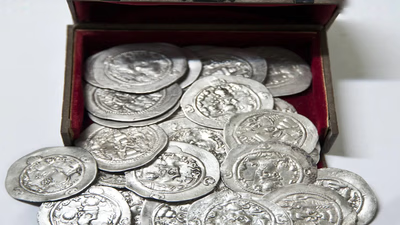
The price of silver is influenced by various supply and demand factors. Limited production and reserves, with historical mining totaling 1. 5 million tons and current reserves at 29,665 tons, play a crucial role. Key supply factors include mining methods, labor strikes, and the output from major producers like Mexico, Peru, and China. Demand for silver can be categorized into four areas: as a safe investment commodity, in jewelry and decorative items, as an industrial good, and its correlation with gold prices. Economic indicators such as Federal Reserve monetary policy significantly impact silver prices; for instance, rising interest rates typically lead to lower prices. Conversely, high inflation rates increase demand for silver as a hedge against currency devaluation. Additionally, fluctuations in the dollar"s value inversely affect silver prices.
Economic instability also drives investors towards safe commodities like silver. The jewelry sector accounts for about 25% of annual demand, particularly during festive seasons in countries like India. Industrial applications consume approximately 50% of silver supply, linking its price to economic growth in developed nations. "
-

Silver is a versatile metal with exceptional properties that make it valuable across various industries. Its unparalleled electrical and thermal conductivity positions it as a crucial component in the electronics sector, where it is utilized in electrical contacts, switches, and circuit boards. The metal"s high reflectivity is leveraged in optics, mirrors, and solar panels. Additionally, silver"s strong antimicrobial characteristics are beneficial in medical applications, including wound dressings and antibacterial coatings, enhancing hygiene and reducing infection risks. Silver-based alloys are favored for brazing and soldering due to their low melting points and robust bonding capabilities. In water treatment systems, silver ions effectively eliminate bacteria and impurities. Although more abundant than gold in the market, silver remains a precious metal with historical significance across cultures. Its malleability and aesthetic appeal make it popular for jewelry and luxury items. Furthermore, silver plays a role in chemical production as a catalyst and is used in specialized batteries and photovoltaic cells for solar energy conversion.








